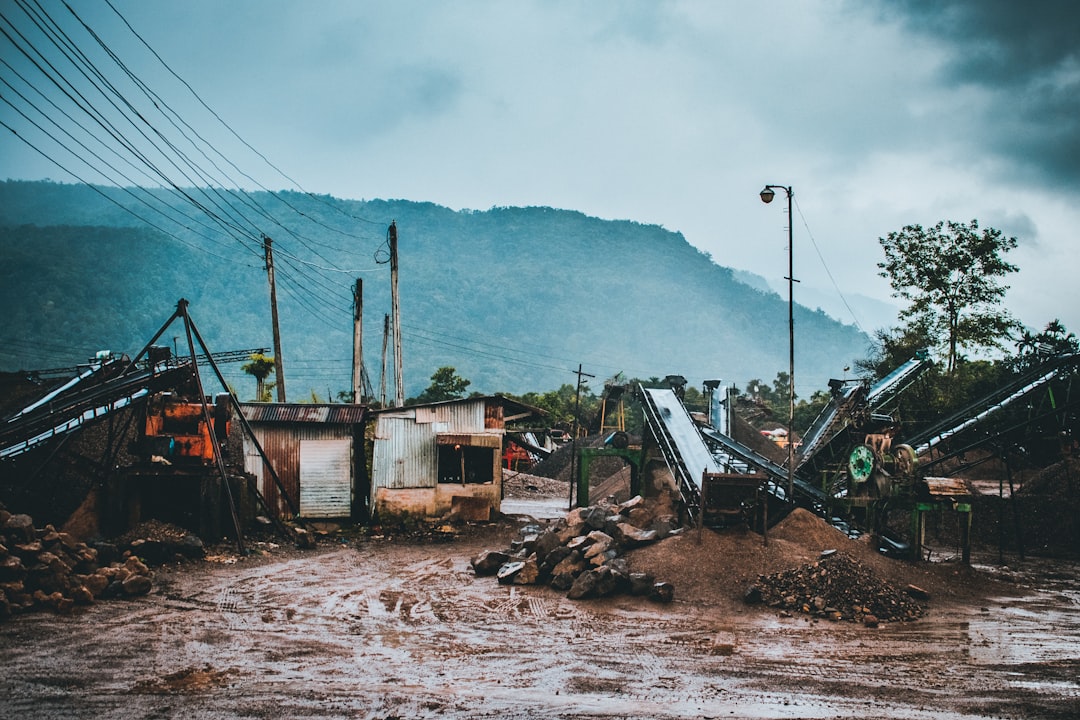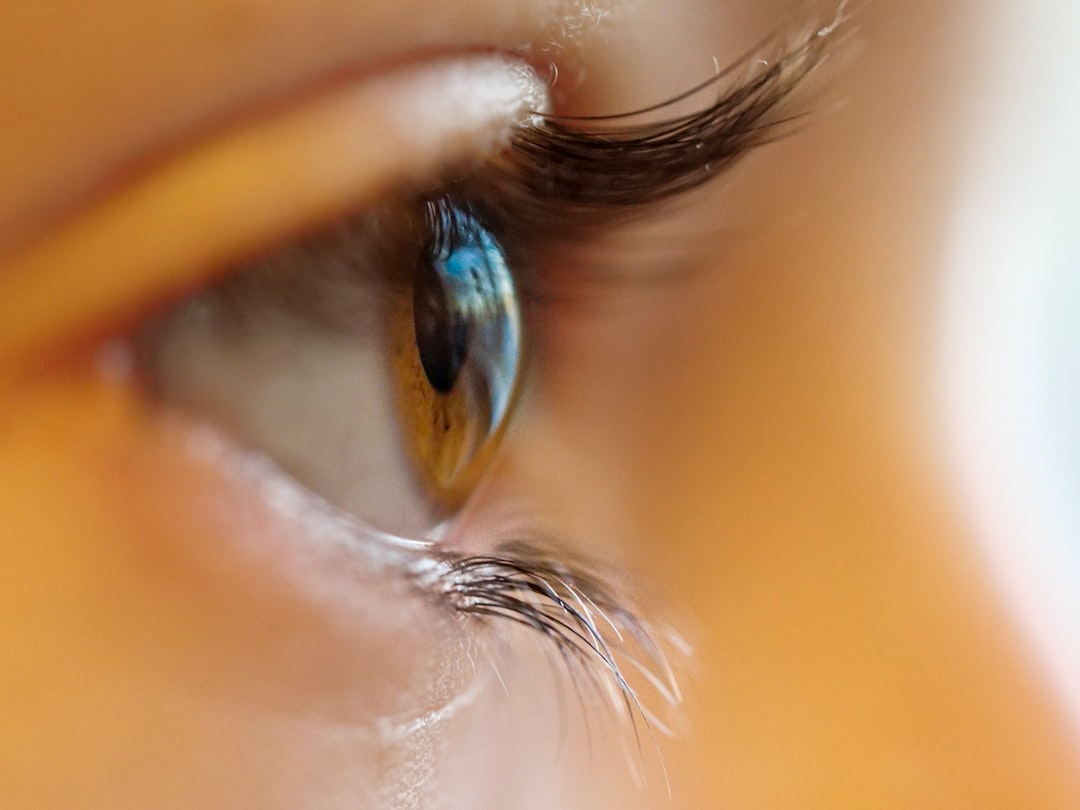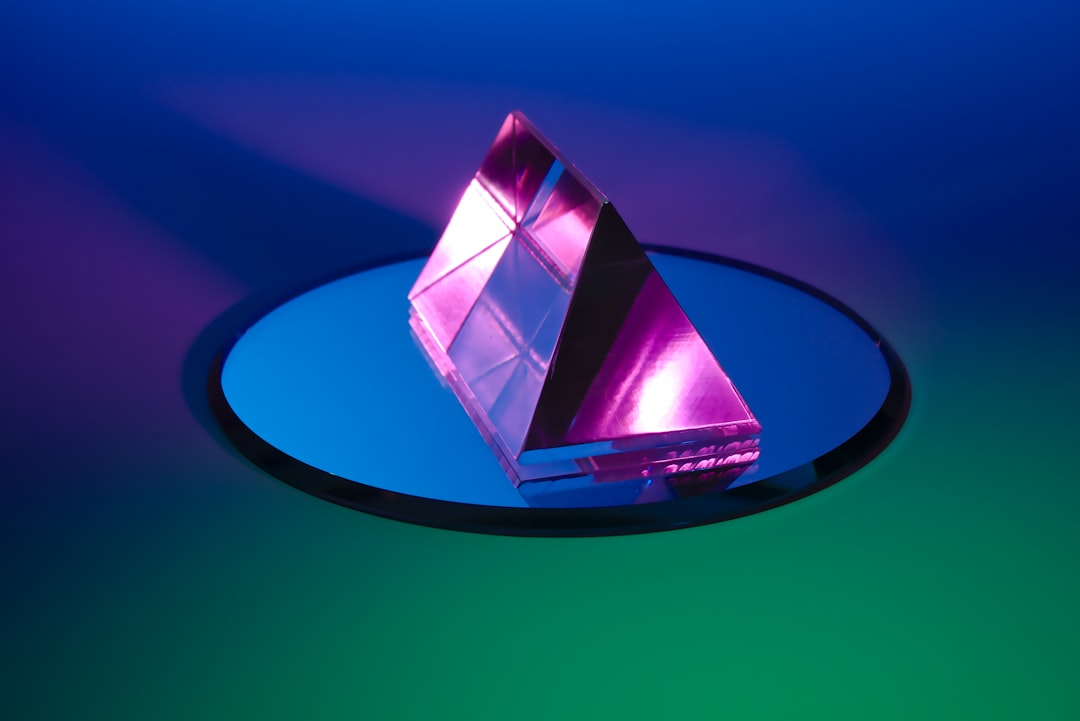What is it about?
Surface charges of catalysts have intricate influences on the thermodynamics and kinetics of electrochemical reactions. We develop a grand-canonical iteration method based on density functional theory calculations to explore the effect of surface charges on reaction kinetics beyond the traditional Butler-Volmer picture. Using the hydrogen evolution reaction (HER) on S vacancies of MoS2 as an example, we show how to track the change of surface charge in a reaction and to analyze its influence on the kinetics.
Featured Image

Photo by israel palacio on Unsplash
Why is it important?
Grand-canonical calculations report an unanticipated surface charge-induced change of the desorption pathway from the Heyrovsky route to a Volmer-Tafel route. During an electrochemical reaction, a net electron inflow into the catalyst may bring two effects, i.e., stabilization of the canonical energy and destabilization of the charge-dependent grand-canonical part. On the contrary, a net outflow of electrons from the catalyst can reverse the two effects. This surface charge effect has substantial impacts on the overpotential and the Tafel slope. We suggest that the surface charge effect is universal for all electrochemical reactions and significant for those involving interfacial proton transfers.
Perspectives
Implementing the grand-canonical ensemble in density functional theory calculations is important for reasonably predicting the thermodynamics and kinetics of electrochemical reactions. This article proposes a grand-canonical iteration method that is capable of accurately predicting reaction energetics and barriers and meanwhile tracking the change of electrochemical surface charge. We hope this method can act as an useful tool in studying the mechanism of electrochemical reactions.
Xiaobo Chen
Jinan University
Read the Original
This page is a summary of: Substantial impact of surface charges on electrochemical reaction kinetics on S vacancies of MoS2 using grand-canonical iteration method, The Journal of Chemical Physics, October 2023, American Institute of Physics,
DOI: 10.1063/5.0153358.
You can read the full text:
Contributors
The following have contributed to this page










